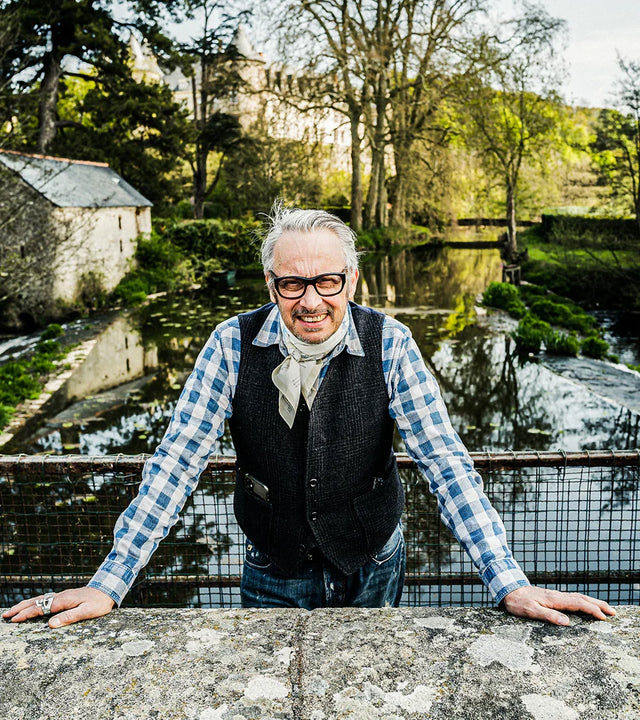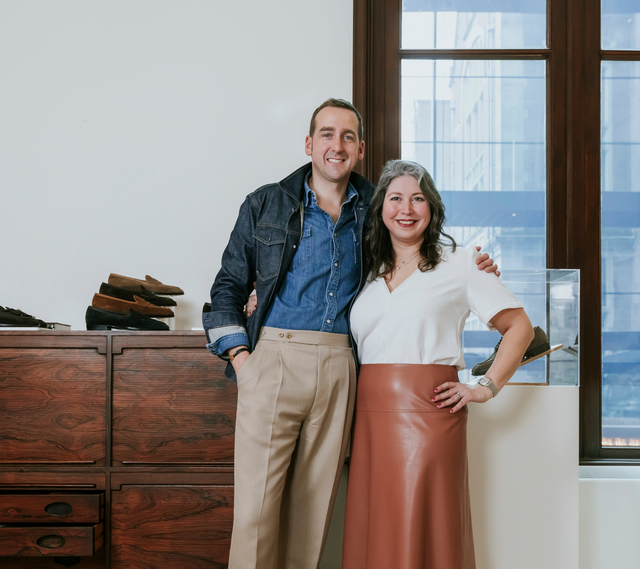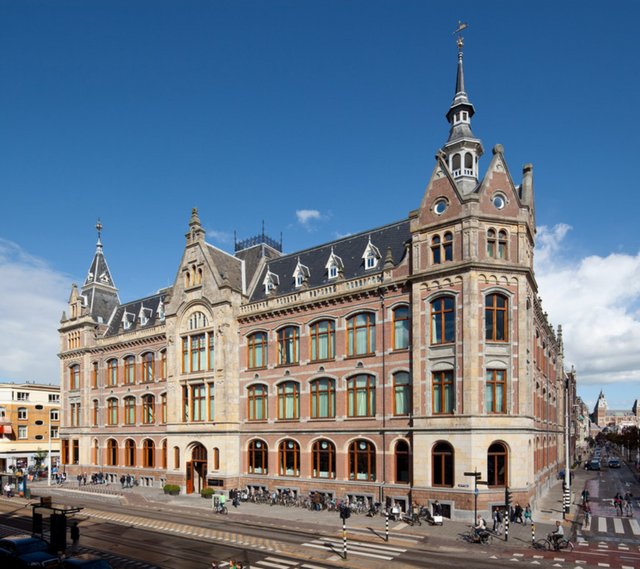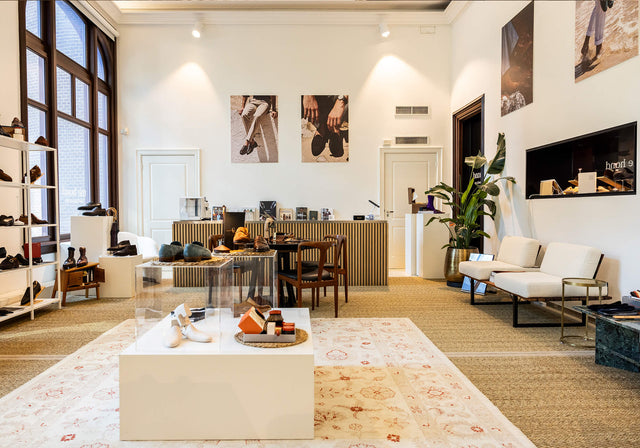The Hand Meets: Pierre Corthay, Founder & Art Director Of Maison Corthay

In the fall of last year, we had the enormous pleasure of launching Maison Corthay at The Hand. For those of you who aren’t yet familiar with this shoemaker, it was founded in 1990 in Paris by Pierre Corthay, who started to learn his trade as a teenager at the Compagnons du Devoir, one of the world’s most famous guilds that date back to the Middle Ages. Today, he continues to helm the ship and has steered it into becoming a shoemaker par excellence with a unique design language that’s hard not to be totally enamoured by.
As a follow-up to our introductory article, which you can read here, we caught up with Pierre to ask him a few more questions about his experience of perfecting his trade and the RTW collection, of which we have a handful of exclusive models available online and in-store.
Hi Pierre, many thanks for taking some time to speak to us. Can we start off with you telling us about your time at Compagnons du Devoir?
It's one of the most interesting experiences you can have when you want to learn a craft. You're working 12 hours a day, six days a week, when you are 16. You spend seven years doing this, and when you finish it, you find a job within two seconds! It's more than a school, though; it's a way of life, and you learn values that will follow you forever.
Can you tell us about the initial process of creating a bespoke last?
When you meet the customer for the first time, you have to look at him carefully and at what he's wearing, the shape of his face and nose, and whether he is tall or short, fat or skinny. All these physical references are very important. It's really important to discover what he knows and doesn't know – as most customers don't know what they want. So, there's quite a lot of psychology involved, as we need to create a relationship with him and educate him on what would be more elegant for him, which is why it's so interesting.

What inspired the last shape of the Arca [one of Corthay’s signature models]?
I originally created it for a bespoke customer roughly 25 years ago. This customer was a very smart guy, and he came into my shop and asked for a bespoke pair, but he didn't know what he wanted. So, we talked it through, and I started sketching and doing a few trial fittings. Little by little, I'd made him his bespoke last, and we made about five pairs in total. Today, he's still a very good friend and still wears the first shoes I made for him.
When I started making the RTW line, I told myself that this customer's bespoke last was very good and would work in the collection. I had to standardise the fit, such as changing the instep, so it's wearable for everybody.
Can you summarise how your experiences as a bespoke shoemaker and how they’ve influenced your RTW collection?
One of our five best-sellers was initially a bespoke model. In a certain way, my bespoke workshop is my laboratory. I'm not an ordinary shoemaker; I make the wood last; I design on it; I make the upper myself; I do the lasting myself; and the finishing, too. It's a way for me to really absorb all the ideas I have to create a physical thing, and all of our RTW shoes are totally inspired by the bespoke method. For example, the detail of finishing, such as the edges on the sole. They're part of the same family.
How would you summarise the importance of colour at Corthay?
For me, colour is a bit like music. It's an emotion you don't analyse with your brain or reflection. It's like seeing a colourful, abstract Rothko painting in a museum – you can't explain where the emotion comes from, but you feel it. Of course, the shape has to be perfect. As does the line of the model – like the Arca – but finally, the colour brings it all to life. That's why it's so important to me.

Can you tell us about the patina process?
Imagine a pair of 30-year-old shoes sitting in the window of a shop. Over the years, the colour goes little by little from exposure to sunlight. But, it eats the colour in a certain way – it damages the colour of the top of the toe or the back of the heel. It doesn't damage the colour equally. It's a very special way of how the colour turns lighter. Our colourist applies natural pigments by hand, one layer at a time, using a very smooth brush to a similar effect, and as a result, each pair is totally unique.
Finally, can you summarise the effect of a beautiful pair of shoes?
A nice pair of shoes is like a nice car – it has to be perfect from the front, back, and side. You have to turn 360 degrees around it and see perfection. Sometimes you see a very nice sports car, then you get to the back, and it's vulgar, but our shoes must be perfect from every angle as we spend most of our life in them.






